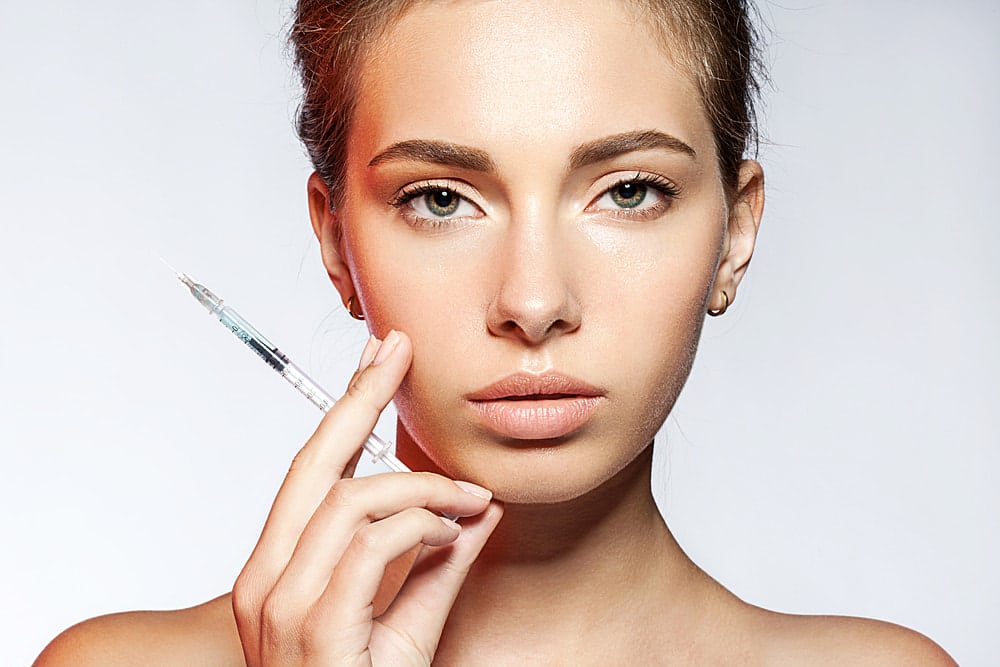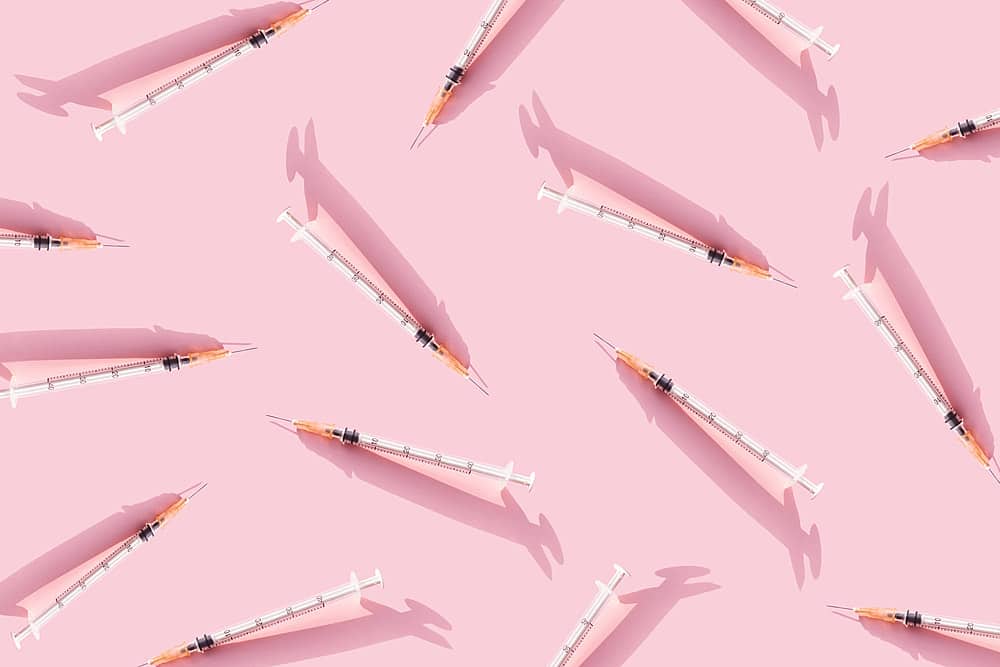


Botulinum toxin, or Botox as it’s commonly associated with, is known as a wrinkle treatment — but do you know it can treat migraines as well? The injections are used to block the nerves that cause the headache.
Botox has also been used to treat various medical conditions – excessive sweating in the hands, feet, or armpits, neurological conditions like extreme muscle spasms from stroke or brain injuries, and uncontrollable eye drooping or blinking.
Suppose you are considering a Botox treatment in Singapore for your migraines; this article will enlighten you about botox, its efficacy in treating migraines, how it is used, and what you can expect from the treatment.
Botox, a type of protein, is a neurotoxin formed by spores of the bacteria Clostridium botulinum, which is found naturally in sediments like dirt or soil, as well as in the intestinal tracts of some animals and fish.
There are eight types of botox neurotoxins, but only toxins A and B are clinically used. Botox Type A is often used in aesthetic treatments as it contains only 1 out of the 8 types of botulinum toxin produced, with negligible danger of botulism poisoning.
Instead of paralysing the respiratory muscles, it reduces the activity of the muscles where it is specifically injected to help improve facial features.

While botox is often used to treat muscle spasms and wrinkles, botox can be used to treat migraines. The treatment involves injecting the protein into specific head and neck muscles, blocking signals from the nerves, which relaxes them and relieves their spasm.
When the drug successfully binds itself to that nerve, it prevents the release of a neurotransmitter called ‘acetylcholine’. This neurotransmitter is responsible for activating those signals to the brain and firing off the orders to make your muscles move or contract.
A study of patients with chronic migraines found that botox can effectively reduce the frequency and severity of their headaches. This shows that botox injections are not a cure for migraines but rather a relief from the symptoms.
Botox treatments are not recommended if you have a history of eye problems, uncontrolled high blood pressure, or heart disease. It should also not be administered if you are pregnant or breastfeeding or have an infection in your skin where the injection will take place.
As stated earlier, botox treatments can help reduce the frequency and severity of migraines. The treatment involves injecting the protein in areas where the headaches and migraines occur to block the release of chemicals involved in pain transmission.
After the treatment, it can take up to 14 days or longer for you to experience some relief from the headaches and migraines. You may require additional treatments if you don’t experience any relief from your migraine after your first botox treatment.
You may even need 30 to 40 units botox in all, and you will get an equal number on each side of your head. If your migraine occurs in one particular spot, you may need more units in the said spot. You can expect the results in 2 to 3 weeks after your first treatment.
Like any procedure, there are some side effects for treating migraines with botox. This includes neck pain and stiffness at the injection site. You may also develop a headache and temporary muscle weakness, making it challenging to keep your head upright.
In rare cases, botox can spread to areas beyond the injection site, causing you to experience:
You can reduce your risks by ensuring that your botox treatment is prescribed and administered by a trained healthcare professional.
Botox injections are almost painless, but you may experience a slight sting or burning sensation during the treatment. If you feel uncomfortable with needles, a topical numbing cream can be applied beforehand.

The procedure may take about 10 to 15 minutes to complete, depending on the area(s) done. After that, you can continue with your day without any issues.
You can also rest assure that your botox treatment for migraines will be individualised to meet your headaches’ unique anatomy and origin points of pain. For more important facts about botox, you can read it all here.
If you are looking to treat your migraine with botox, it’s best to consult a trained healthcare professional. Here at SL Aesthetic Clinic, we are happy to provide said guidance and address any further questions or concerns you may have, so contact us today for more information
Like what you read? Share them!